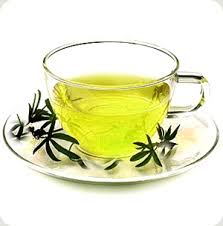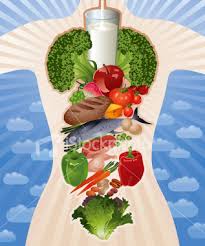What we breathe drink and eat helps us maintain our biochemical composition and our body functions - and ionized alkaline water can speed the process of healing diet along!
Water, not strictly considered a food, should be the most important constituent in our diet and we should drink six glasses of alkaline ionized Chanson water a day while minimizing caffeinated and sugar-laden drinks. With the degradation of the soil, contaminated with pesticides and manufacturing chemicals, as well as processed food, we must be selective in terms of the foods we eat.
Here, then, are the top recommendations for food for sight:
Cold water fish (sardines, cod, mackerel, tuna): Cold water fish are an excellent source of DHA, which provides structural support to cell membranes, and is recommended for dry eyes, treatment for macular degeneration, and sight preservation.
Spinach, kale and green leafy vegetables: These plants are rich in carotenoids, especially lutein and zeaxathin. Lutein, a yellow pigment, protects the macula from sun damage and from blue light.
Eggs: Eggs are rich in cysteine, sulfur, lecithin, amino acids and lutein. Sulfur-containing compounds protect the lens of the eye from cataract formation.
Garlic, onions, shallots and capers: These items are also rich in sulfur, which is necessary for the production of glutathione, an important antioxidant for the lens of the eye, and the whole body.
Soy: Low in fat, rich in protein, soy has become a staple in vegetarian diets. Soy contains essential fatty acids, phytoestrogens, vitamin E and natural anti-inflammatory agents.
Fruits and vegetables: Our mothers always told us about these -- they were right. Fruits and vegetables contain vitamin A, C, and E and Beta-carotene. The yellow vegetables, such as carrots and squash, are important for daytime vision.
Blueberries and grapes: These foods contain anthocyanins, which improve night vision. A cup full of blueberries, huckleberry jam, or a 100 mg bilberry supplement should improve dark adaptation within 30 minutes.
Nuts and berries: These are nature's most concentrated food sources. Grains, such as flaxseed, are high in the beneficial Omega-3 fatty acids, which help lower cholesterol and stabilize cell membranes.
Virgin olive oil: This is a mono-unsaturated oil, and is a healthy alternative to butter and margarine.
Apart from the above foods that are considered great for your sight, a general precondition to good health is drinking adequate amounts of water. Alkaline ionized water is drinking water at its very best! Visit this site to learn more.
http://www.chansonwater.com/
















